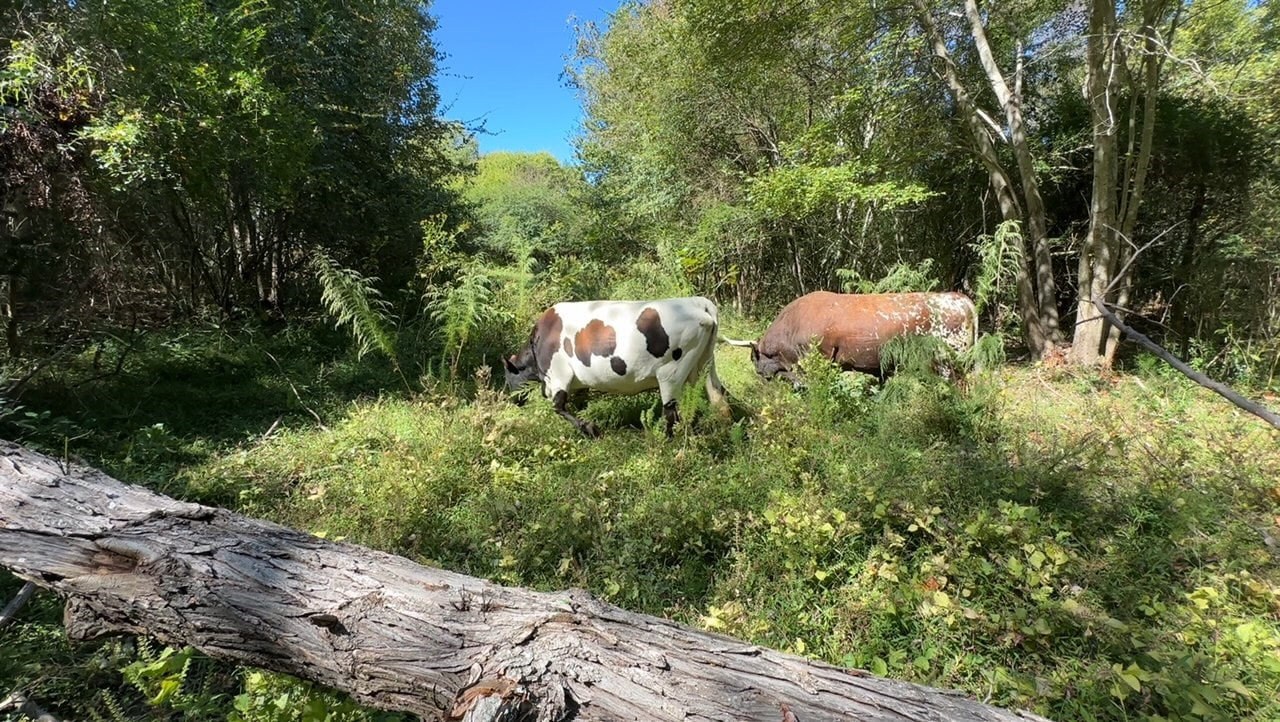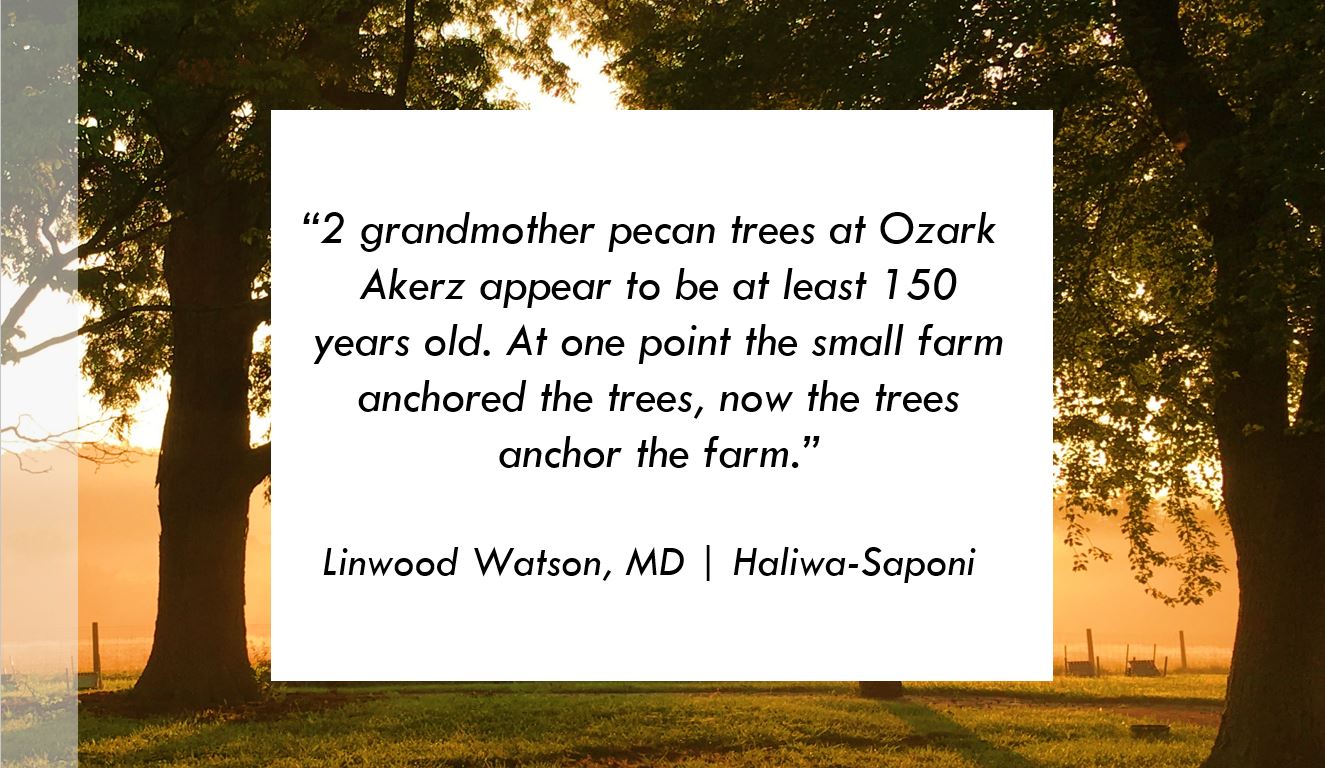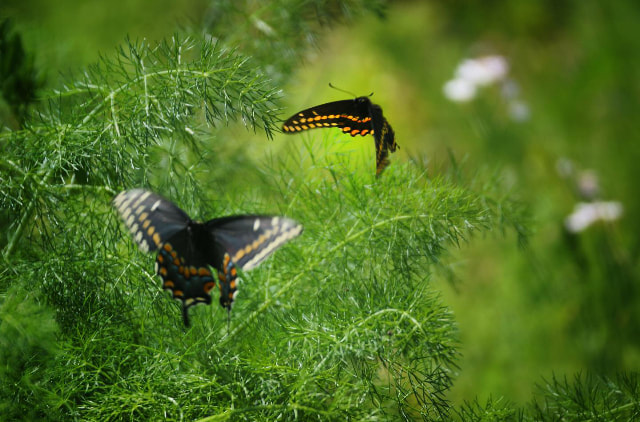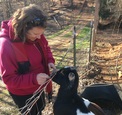Forest Management with Pineywoods Cattle
Our Pineywoods Cattle have transformed impenetrable thorny land into a flourishing forest. We have witnessed the dramatic and positive impacts of this regenerative practice in 15 acres of forest that the Pineywoods graze. Through there appetite for invasive plant species we have seen an increase in biodiversity of plants and animals, discovered sacred indigenous sites and have begun honorably harvesting medicinal plants such as Turkey Tail (Trametes versicolor) mushrooms that have been scientifically shown to have anti-cancer properties.
Our video shows some of the new plant species and one of the sacred indigenous sites and compares the managed and unmanaged forest to illustrate the dramatic improvements the Pineywoods Cattle have made. We also share some exciting news about expansion of our regenerative practices to an additional 60+ acres of forest
0 Comments
Why Grow a Food and Medicine Forest?
A Food & Medicine Forest attempts to mimic nature. It provides bio-diverse, perennially growing food and medicine and tools. The benefits of growing a Food & Medicine Forest range from carbon capture to self-reliance to increasing biodiversity. We have started started converting an old hay field intoto a Food & Medicine Forest. This area of the farm contributes heavily to our health and is one of the reasons Sue, who is a cancer survivor, has not taken any prescription or over-the-counter drugs in 8 years.
We’ve allowed wildflowers and ‘weeds’ to grow and added native species of shrubs, trees and flowers, and perennial food plants. Our goals have been multi-fold. In no specific order, these include: Plants For Biodiversity and A Changing Climate
One of the key measures of environmental health is biodiversity. As of June 2023, Ozark Akerz is home to over 600 species of plants, insects, reptiles, birds, fungi, mammals etc.
Our strategy for increasing biodiversity at Ozark Akerz has taken many forms. This includes but is not limited to:
In terms of labor, planting native perennial plants in the food and medicine forest has been the most intensive. We have planted 130+ trees, shrubs and other perennial plant, all of which require regular watering, weeding, and hand picking insects like Japanese Beetles every morning for 3-4 weeks during summer to ensure they have a fighting chance to grow. The increase in plant species has had a knock-on effect on the increase in insect, reptile and bird species. |
Categories
All
Archives
April 2024
Check out our YouTube channel
Copyright © Turboxark Inc 2014-2024 - Terms of Use
|





 RSS Feed
RSS Feed